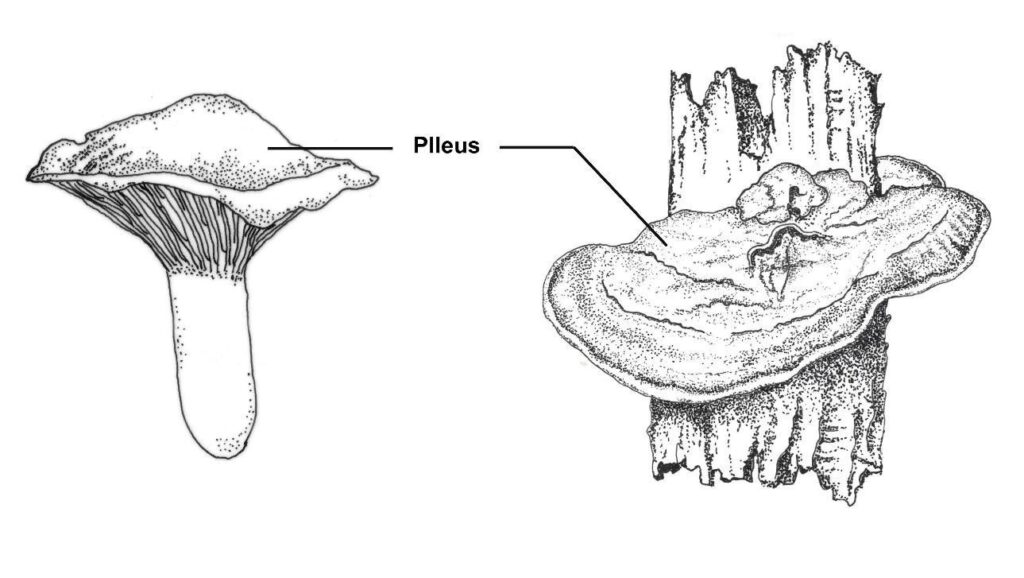Fungalpedia – Note 107 Pileus
Pileus
Citation when using this entry: Bera et al., in prep – Fungalpedia – Basidiomycota, genera, and terminology. Mycosphere.
The structure covering and supporting the spore-bearing layer in most mushrooms is the pileus, also simply known as the cap of the Basidiomycota. Size is one of the characteristics of the pileus but this is an inconsistent trait that can vary within a species, depending on its maturity and habitat. During development, the pileus expands laterally; thus, there is a continuum of the pileus shape from the young to the mature. The pileus has a wide variety of colors. Even within a single species, young basidiomata have dark-colored pileus, which usually fades with age. This is mainly affected by weather, such as moisture (continuous rain fades the water-soluble pigments), light (harsh sunlight can break down the complex pigment molecules), and other biochemical reactions. Other significant taxonomic attributes are change of color on bruising, exposure to air, or chemical reactions with specific reagents that help to separate species. The wide variety of the surface of the pileus reflects the various degrees of its developmental process. The surface may seem polished and lustrous, termed shiny, or on the contrary dull. The pileus context or flesh (often also known as trama ) has a few valuable traits such as its colour and colour changes, odour, taste, thickness, and consistency. The characteristics are relatively constant for one particular species, but differ greatly among species making it quite valuable for identification.
Figure 1 – Pileus
Entry by
Ishika Bera, Center of Excellence in Fungal Research, Mae Fah Luang University, Chiang Rai, Thailand.
(Edited by Kevin D. Hyde)
Published online 20 September 2023
